It is said that the flybuck topologies are cheaper than the flyback topologies. This is due to the fact that there is no need to have an optocoupler, the regulation is said to be simpler and probably that the compensation is simpler.
Nevertheless, the isolated buck converter is essentially used for low power.
Here are two extracts that I found of the previous purpose :
Does anyone know why the flybuck converter is not adapted for high power (I mean 50W to 100W). I would actually try to replace a flyback converter whose the input voltage is 85-265AC, the output has several outputs which are common voltage (~ 20V ~ 5V)
Thank you


